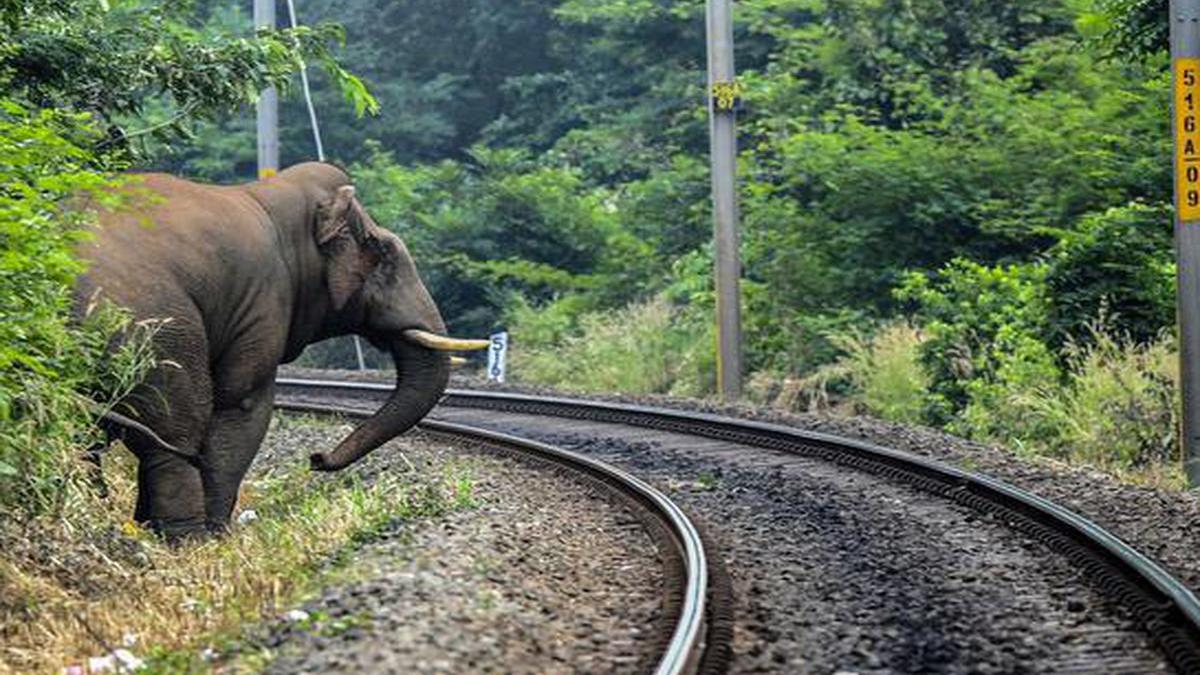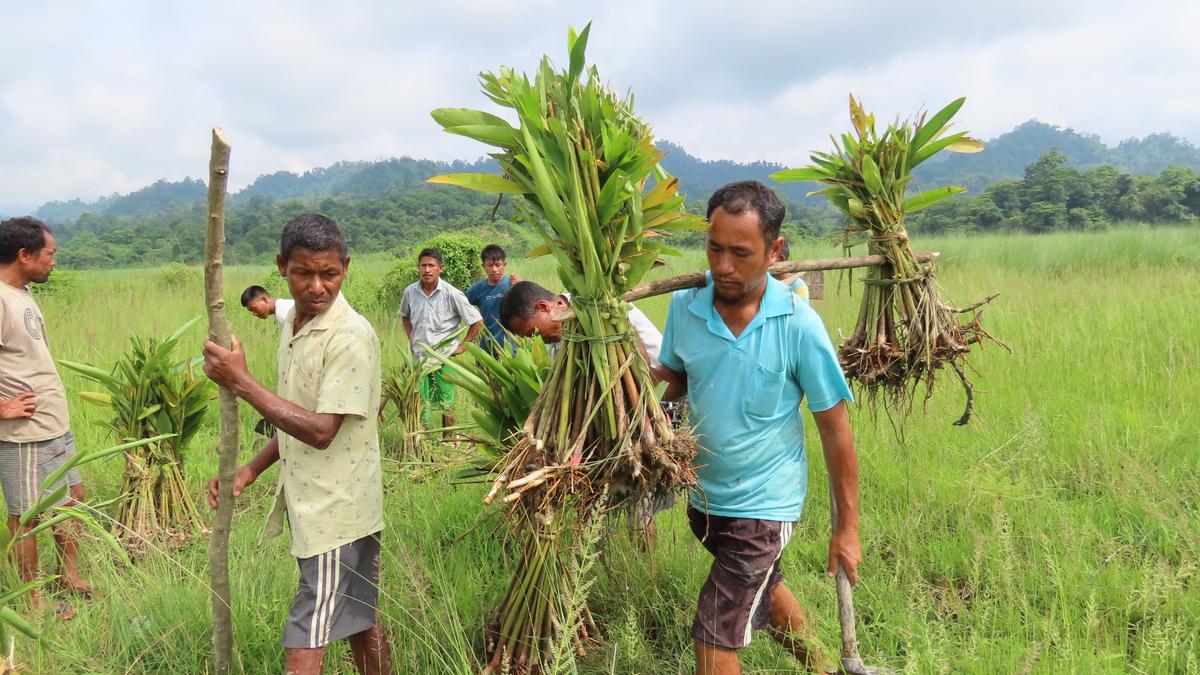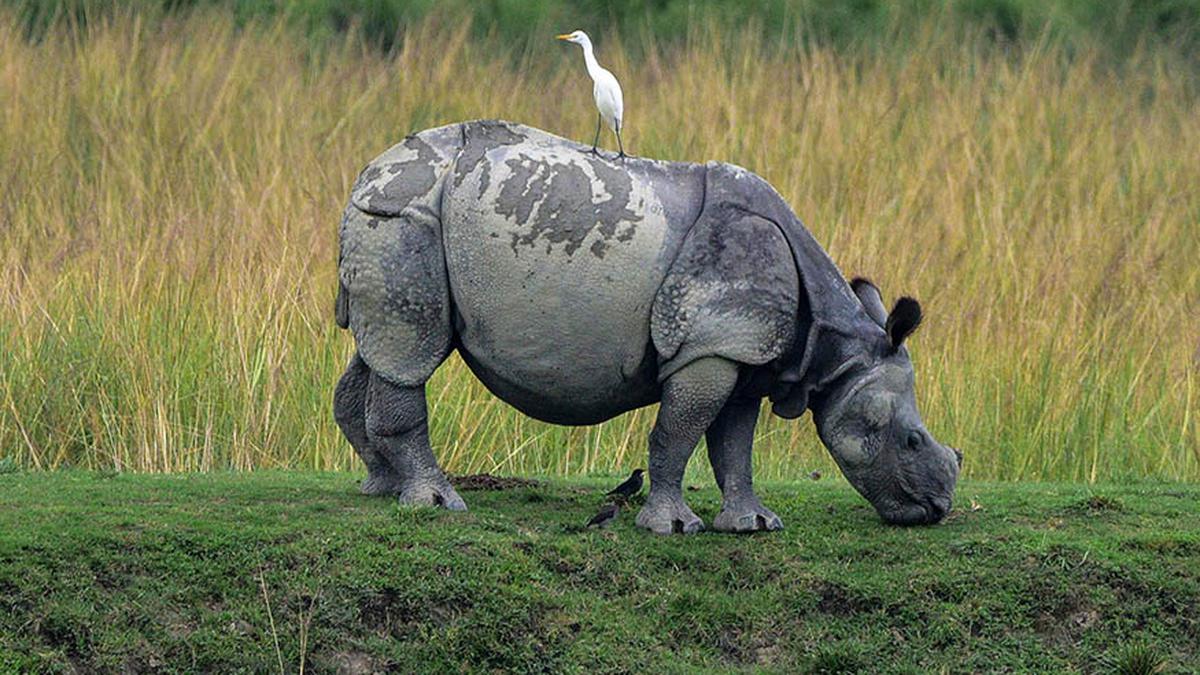India's rich wildlife heritage is under threat as human-animal conflicts intensify, driven by habitat loss and encroachment, and as conservation efforts face urgent challenges.
Published: March 2, 2024
Anthropocentric activities have steadily eaten into the natural habitats of wild animals and increased the instances of man-animal conflict. Two of the many animals that are constantly in the news these days for unhappy encounters with the humankind are the elephant and the tiger.
India has the largest number of wild Asian Elephants, estimated to be around 30,000. Loss of their traditional foraging environments has been bringing wild elephants closer to human habitations, sparking these conflicts. By the 2020s, the numbers soared: Over 500 humans are killed in encounters with elephants annually, while over 100 elephants die due to human related activities, which include poaching for ivory, poisoning, electrocution and collision with trains.
Tigers are a vital aspect of India’s wildlife heritage, culture, and the country is proud to be home to more than 75% of the world’s wild tiger population. Similarly, the human - tiger conflicts have existed since times immemorial. These conflicts could lead to heightened tension among the locals if the respective forest departments fail to tackle them properly. The (affected) locals’ response is almost always to demand the killing of tigers, termed man-eaters.
Shrinking animal habitats caused by mining, quarrying and developmental activities along the fringes, encroachments and break in corridors along which the animals move, all contribute and heighten the conflicts.
Several State governments have been trying to mitigate the conflicts by various means including digging trenches, experimenting with various types of fences, involving the community, using radio collars and relocating villages. Of late, trip alarms, sensory based alarms, drones have also been introduced increasingly to track animals and provide alerts. Artificial Intelligence-based warning systems are coming up too. The fight is a long one requiring sustained efforts as humans increasingly encroach into wild habitats.








